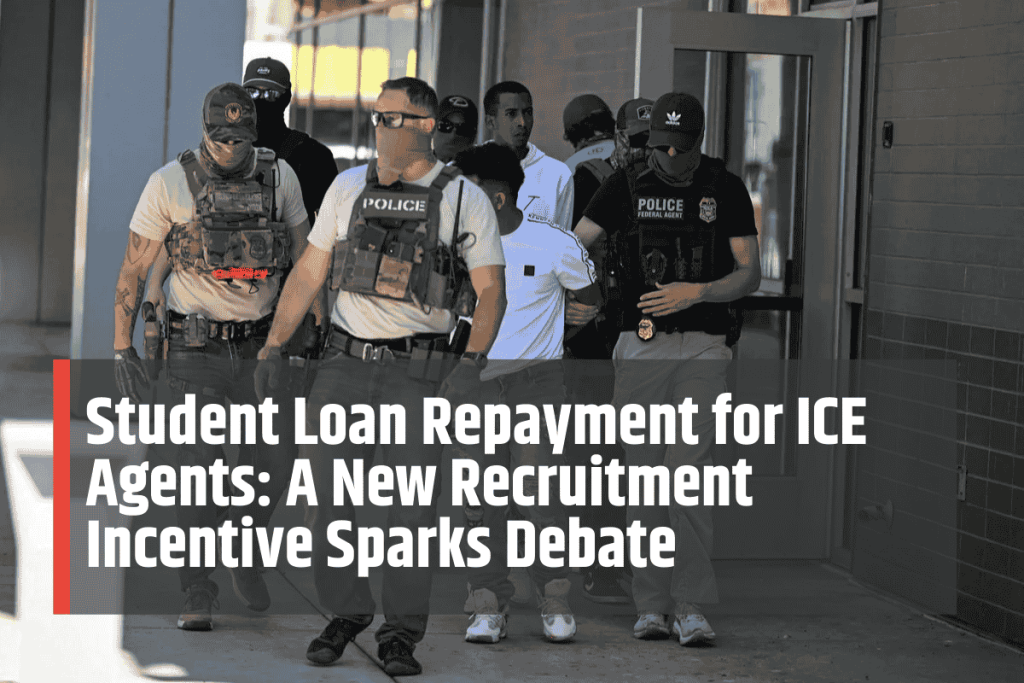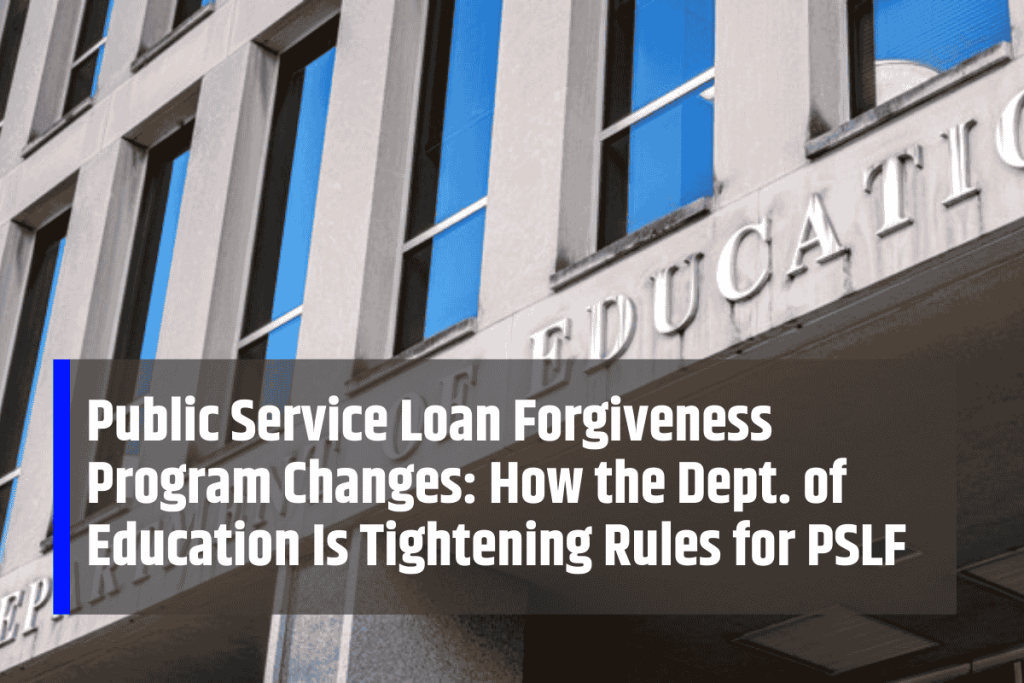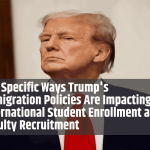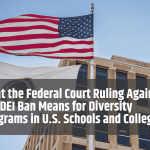The Public Service Loan Forgiveness (PSLF) program has long been a beacon for borrowers in cities like Washington, D.C., New York, and Los Angeles. By working in public service and making qualifying payments for ten years, borrowers could erase federal student debt. But new rules in 2026 reshape eligibility significantly.
Why These Changes Matter
The Department of Education’s revised regulations aim to ensure taxpayer funds support only legitimate public service. Under the new framework, organizations engaged in activities deemed unlawful—such as supporting terrorism, human trafficking, or discriminatory practices—are excluded. Employees of such organizations will no longer accrue PSLF credit, placing their debt forgiveness timelines at risk.
Safeguarding Taxpayer Resources
At its core, the policy reflects a desire to preserve federal funds. Borrowers in roles such as teachers in Atlanta or EMTs in Denver could face disqualification if their employers are flagged. The challenge for public servants is avoiding unanticipated setbacks after years of faithfully working toward loan forgiveness.
How the New Rules Operate
Beginning in July 2026, any payments made while working for an ineligible employer will not count toward the 120 required. The Department of Education will notify borrowers if their employer’s eligibility is under review. Employers will also have the chance to respond and can requalify after corrective action or a decade-long exclusion.
The Pathway Back for Employers
The system includes opportunities for organizations to regain eligibility. Through corrective measures or after ten years, previously excluded employers can reenter the program. This design balances accountability with fairness, ensuring employers and employees alike are not permanently punished for organizational missteps while protecting federal resources.
Potentially Affected Organizations
Many nonprofits and government agencies remain secure. Still, concern is mounting, particularly in cities like San Francisco or Seattle, where organizations providing immigration support, gender-affirming care, or civil rights advocacy could draw scrutiny. Federal standards may clash with state laws, creating confusion for both employers and borrowers about ongoing eligibility.
A Patchwork of Risk
In states such as Florida or Arizona, where legislation conflicts with federal interpretations, nonprofits may face heightened uncertainty. For borrowers, this creates a patchwork of rules difficult to navigate. Students entering public service careers in Miami or Phoenix may find themselves vulnerable to sudden policy shifts undermining their PSLF progress.
Borrower Impacts in Daily Life
The consequences extend well beyond policy debates. Nurses in Detroit, public defenders in Portland, and teachers in Milwaukee may be forced to change employers if their current workplaces lose eligibility. Switching jobs to remain PSLF-eligible brings financial, personal, and professional disruption that could derail years of planning.
Transparency as a Benefit
Yet the rules also offer improvements. By clarifying which organizations qualify, borrowers may face fewer unpleasant surprises after years of payments. In places like San Antonio, where agencies already verify PSLF annually, the new federal framework could streamline certifications and ensure faster, clearer communication about employer eligibility status.
The Larger Picture: Integrity and Trust
The reforms sit at the intersection of protecting taxpayers and supporting genuine public service. In cities such as Indianapolis, where budgets are tight, ensuring forgiveness funds aren’t misused helps maintain confidence in government programs. The key challenge remains: balancing scrutiny of employers without penalizing dedicated public servants unfairly.
What Borrowers Should Do Now
Borrowers should remain proactive. Those in Charlotte or San Diego are encouraged to verify their employer’s PSLF eligibility annually, submit employment certifications, and monitor communications from loan servicers. If flagged, workers can either switch to qualifying employers or explore alternate repayment strategies to remain on track with debt reduction goals.
Preparing for 2026 and Beyond
For current and future public servants, July 2026 represents a turning point. Careers in public health, legal aid, and education may be affected by shifting eligibility. Borrowers entering the workforce should stay informed, weigh employment options carefully, and recognize that PSLF pathways may be more intricate under the revised rules.
The essence of PSLF remains intact: serving communities should bring financial relief. But new guardrails reshape the journey. From Jacksonville to Salt Lake City, borrowers must adapt to evolving definitions of public service. Staying informed and engaged is now essential to ensure that service continues to be rewarded with forgiveness.








Leave a Comment